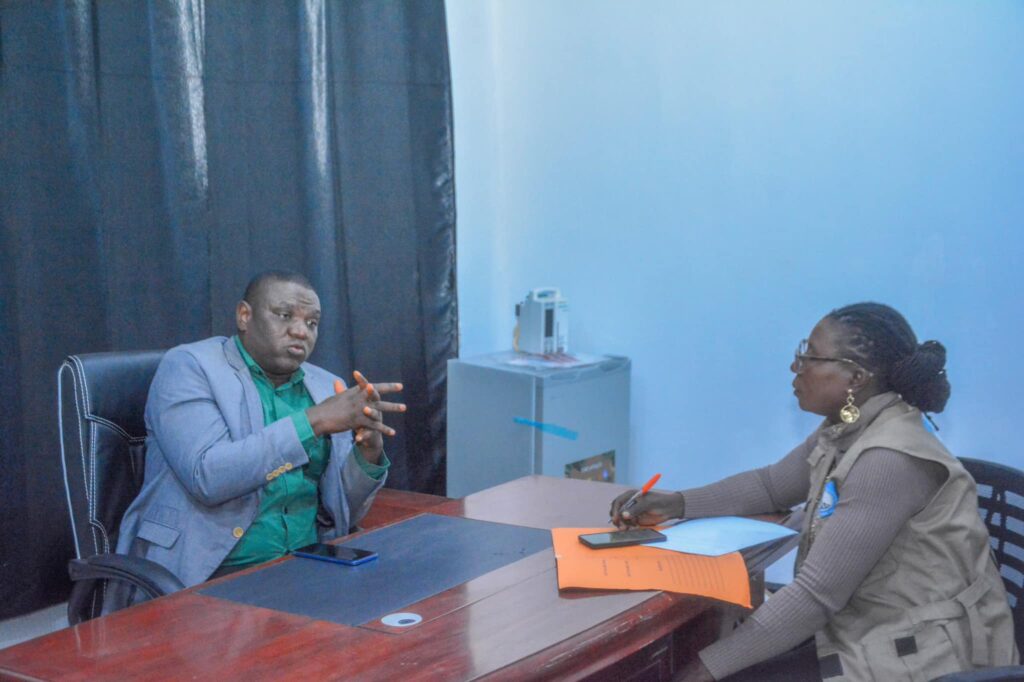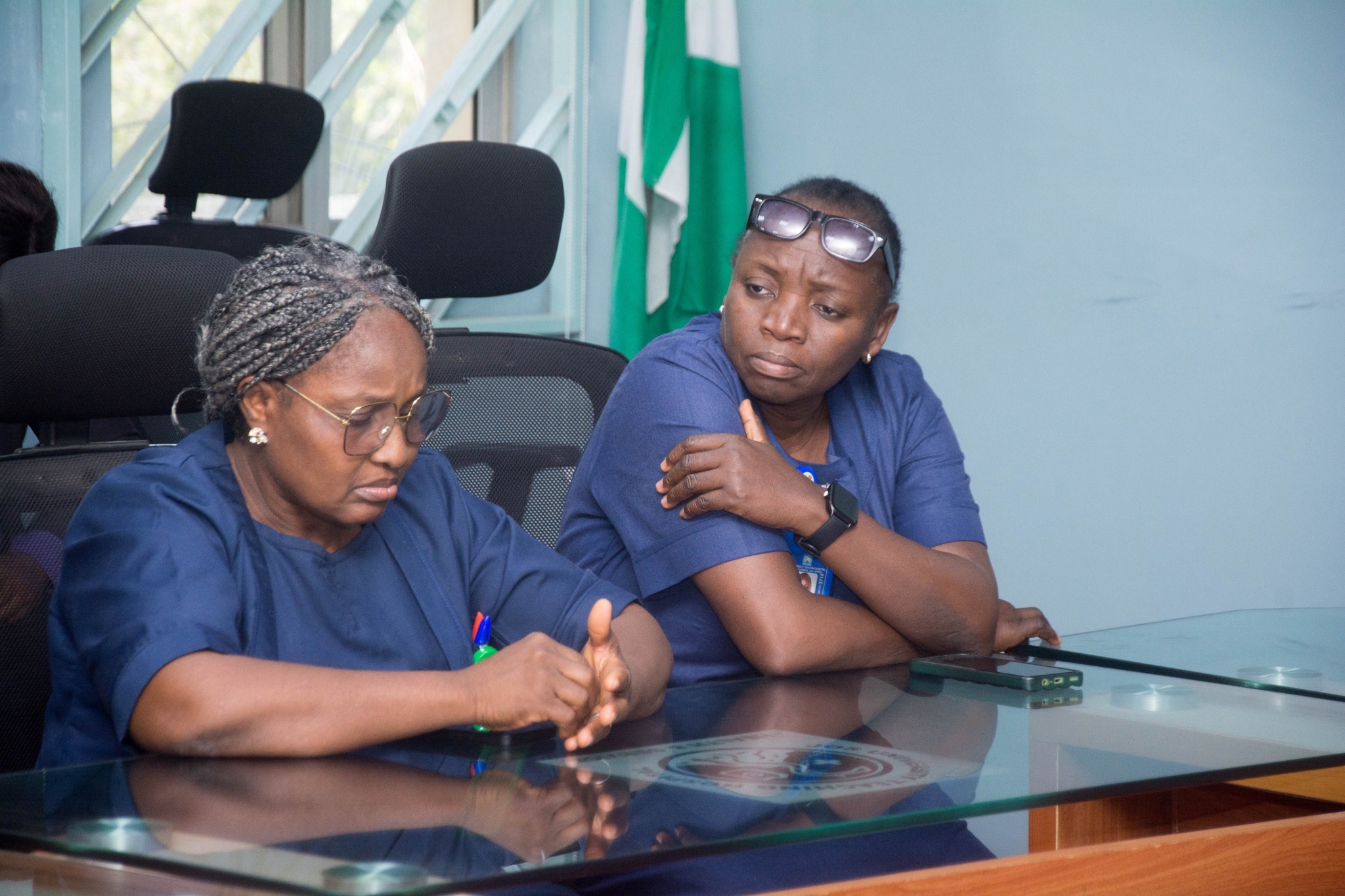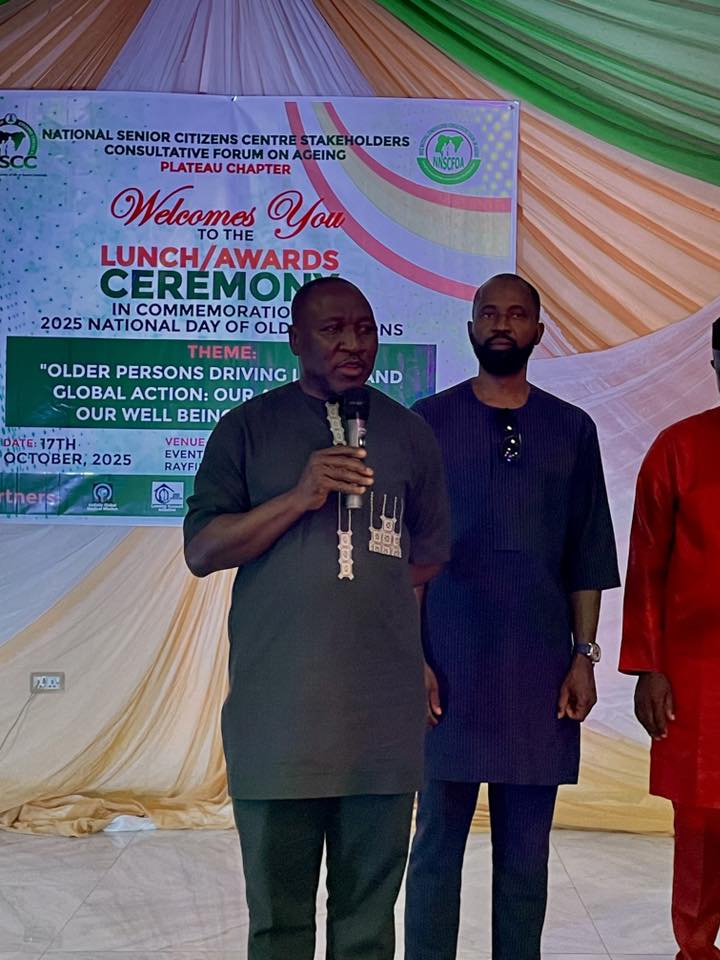
The Accident and Emergency (A&E) Department is a critical component of the Jos University Teaching Hospital (JUTH), serving as the frontline for urgent medical care. It handles a wide range of emergencies, from trauma cases to acute medical conditions, often acting as the entry point for many patients in critical need. However, over the years, the department faced significant challenges due to inadequate facilities, limited space, and outdated equipment, which necessitated a comprehensive renovation.
The recent transformation of the A&E unit marks a pivotal moment for JUTH. The temporary relocation of services to the General Outpatient Department allowed for an extensive upgrade, addressing longstanding infrastructural deficiencies and introducing cutting-edge technology to enhance patient care. This development underscores JUTH’s commitment to providing world-class healthcare and reaffirming its role as a leader in emergency medicine in Nigeria.
In this exclusive interview, Dr. Peter Onuminya, Head of the A&E Department, shares insights into the motivations behind the renovation, the key features of the revamped unit, and how these changes will improve outcomes for patients and staff alike. Through this conversation, the hospital’s Information, Protocol and Public Relations (IPPR) Department seeks to highlight the strides JUTH is making in redefining emergency healthcare and its vision for the future.
Question: What motivated the relocation of the A&E services to the newly renovated unit, and what key upgrades were made?
Response: The A&E unit was temporarily moved to the General Outpatient Department to allow for renovations, as the makeshift setup lacked space, privacy, and necessary facilities. Upon completion, the renovated unit was transformed under Chief Kefas Ropshik Wungak, Upgrades included brighter lighting, therapeutic color schemes, improved conveniences, and critical medical equipment like 20 monitors, 30 couches, 10 beds, 10 wheelchairs, and 4 stretchers. Staff areas, such as call rooms and offices, were equipped with air conditioning, TVs, fridges, and microwaves. Additionally, the MediBoard system was introduced to track patients in real-time, reducing delays and increasing efficiency.
Question: How will the new A&E unit improve patient care and outcomes, especially for critical cases?
Response: The upgrades provide better monitoring gadgets, like real-time vital sign monitors, more bed space, and improved patient tracking with the MediBoard. These enable timely interventions and better management of critical patients. Improved staff facilities enhance motivation, and the Chief Medical Director Dr Pokop Bupwatda has promised additional manpower. Together, these measures will improve patient outcome and overall service delivery.
Question: What preparations are in place for staff training and adapting to the new A&E facility?
Response: We plan monthly staff meetings to discuss patient care, resource utilization, and facility maintenance. Basic life support training will enhance emergency response skills. Additional manpower and cleaning staff are being requested to maintain the newly upgraded environment and ensure efficient service delivery.
Question: How will the public and healthcare stakeholders be informed about the relocation and new A&E facilities?
Response: Through the hospital’s IPPR department, media announcements and campaigns have been conducted to inform the public of the relocation. Within the hospital, staff are being educated about the MediBoard and its integration. As a model for emergency care in Nigeria, JUTH aims to share best practices and data from the MediBoard to improve emergency care nationwide and reduce patient waiting time.
Question: How does this renovation position JUTH as a leader in emergency care, and what do you see for the hospital’s future in the next 5 to 10 years?
Response: JUTH has long been a model for emergency care, despite challenges. The MediBoard, the first of its kind in Nigeria, enhances our leadership in managing emergencies. Over the next 5–10 years, we aim to innovate further, expand the A&E unit, and establish dedicated surgical and medical emergency sections. These developments will cement JUTH’s status as a leader in emergency care in Nigeria and potentially across West Africa.




